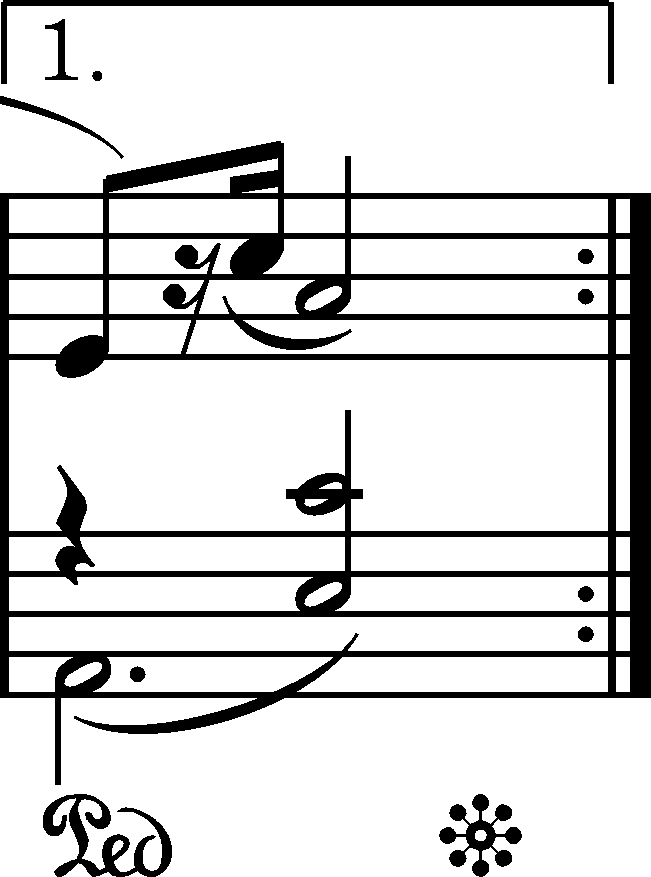



The analysis of the difference in the notation between the two autographs makes one wonder whether prolonging of the bass note in A has practical meaning or whether it is only conventional notation employed to end a structurally important phrase with the tonic in root position.
Initially, A had the following version (later deleted and replaced):  .
.
There would be nothing strange about the later adding of a pair of quavers in the R.H., making the melodic connection with bar 1 smoother, if not for the fact that in AI that element was already written in its final shape.
category imprint: Differences between sources; Corrections & alterations
issues: Corrections in A, Accompaniment changes, Main-line changes
notation: Rhythm
Back to note

